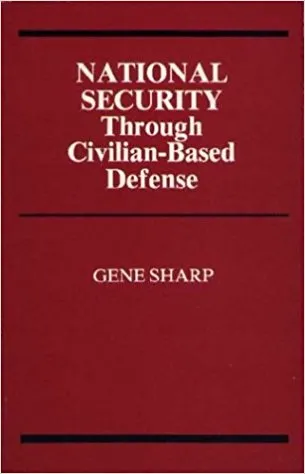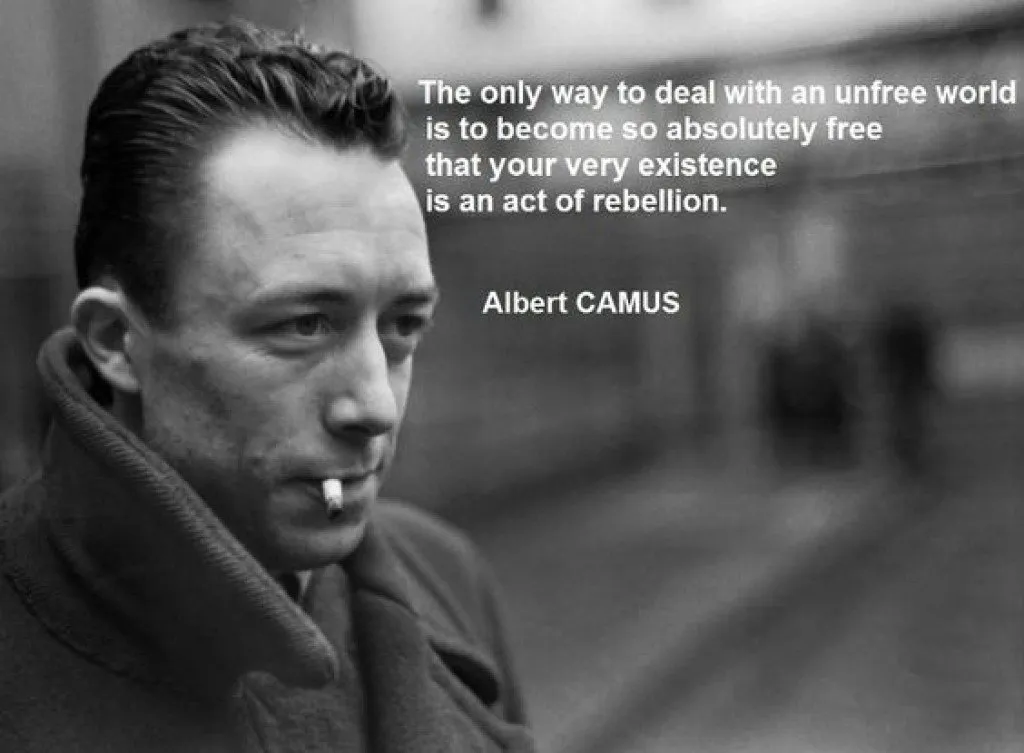But if nobody makes you aware of that fact, the body of knowledge doesn't exist for you.
Well, dear reader, here is your clue.
Do your research, eh?

Page 53 of Civilian Based Defense by Gene Sharp
The Opponents' Problems:
The challenge presented by nonviolent action may be a mild one and disturb the status quo only slightly.
In extreme cases, however, the challenge may shatter it.
In any event, attention will have been called to the grievances and to the presence of the opposition.
The underlying conflict will be brought into the open, probably leading to an initial polarizing of opinion.
Opponents facing strong nonviolent action may be seriously threatened.
The gravity of this challenge will vary with such factors as the issues of grievances at stake and their apparent justification; the quality of the action; the numbers participating; how the withdrawal of obedience and cooperation is expressed; and the ability of the resisters to maintain their nonviolent discipline and their refusal to submit despite the opponents1 reprisals.
The outcome will also, in part, be determined by the social and political milieu in which the struggle takes place.
These basic conditions include the degree of nonconformity the system can tolerate without altering its nature; the degree of support for, or hostility to, the regime among all groups involved; the chances that noncooperation and defiance will spread; and, finally, the degree to which the material, human, moral, and institutional sources of power necessary for the government's existence continue to be available, are restricted, or are withdrawn.
The opponents difficulties in coping with nonviolent action are con- sequences of the special dynamics and mechanisms of the technique (which will be examined shortly).
These difficulties do not depend on their being surprised by the absence of violence or being unfamiliar with the technique.
The opponents' knowledge of nonviolent struggle, for example, does not by itself provide the capacity to defeat the nonviolent fighters.
In wars, both sides use their knowledge of military struggle to increase their chances of success.
In nonviolent struggles, with more knowledge, the opponents may become more sophisticated in countermeasures, and perhaps less cruel and more able to face the issues.
However, the nonviolent group also may learn how to struggle more skillfully and how to respond to the opponents' controls and sophistication more effectively.
Only very rarely, if ever, do governments and other hierarchical systems face the extremes of having complete support or none.
Most frequently they receive partial support.
Even when the regime is eventually destroyed by disobedience, noncooperation, and defiance, it may have been supported sufficiently and long enough to inflict brutal repression against the nonviolent group.
It is therefore necessary to explore how the nonviolent technique operates in struggle against violent opponents, the several ways in which changes are finally produced, and the specific factors that determine whether a given campaign will be a success, a failure, or something in between.
It is an error to equate using nonviolent struggle with keeping the opponents good-natured.
The opponents are not likely to appreciate a challenge to their power or policies, even if the challenge is nonviolent.
If the action poses a serious threat to their conltrol, and if they do not intend to grant the resisters' demands, the opponents must react.
Have a perfectly peaceful day.
Keep working, stop paying. No war, but the class war!!
How to win in court for far less!!
